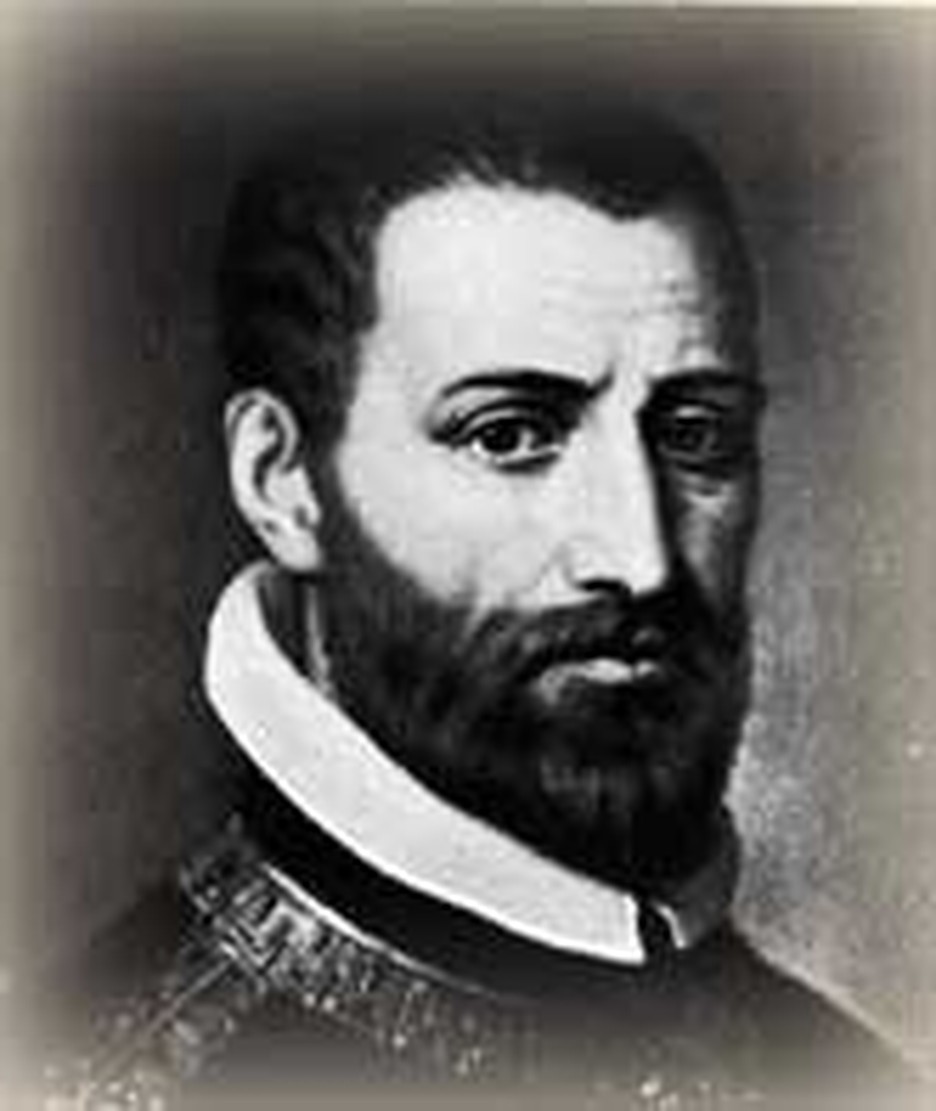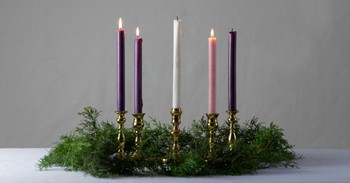
Have you ever done something just to prove you could? The composer Palestrina did.
God became man and gave his body and blood for our salvation. This is the most thrilling fact known to history. It has inspired countless works of art and music. But can such inspiration be turned off and on like a faucet? Palestrina's greatest masses are so devotional and beautiful that it is hard to believe they were written to prove a point.
As a talented young organist and composer, Giovanni Pierluigi Palestrina was appointed choirmaster to the Julian Chapel, Rome in 1551. His abilities won him honors, such as permission to sing and compose for the papal choir. On this day October 1, 1555, he received another honor, when he was appointed choir master to St. John Lateran. This basilica is the cathedral of Rome and is famous as the site of five church councils. To be appointed choirmaster of such a place assured him of widespread recognition.
That may be part of the reason Palestrina was asked to prove a point. He had already moved on to another Roman landmark--the Santa Maria Maggiore-- when Pope Paul IV appointed a commission to investigate abuses of the mass. Popular tunes and even the words of frivolous songs were being included in masses. Palestrina was asked to show that church music could be artistic and godly at the same time. He composed three masses to settle the issue.
If you are looking for music with an ethereal sound, pure and truly devotional, those three masses fit the bill. The most famous of them was the Missa Papae Marcelli. Had Palestrina caught sight of Jesus in a moment of rapt reflection by a calm sea at sunset? That is what it sounds like. Missa Papae Marcelli set a standard to which other composers of church music aspired at that time.
Palestrina's name is often linked with Philip Neri's. It seems he was a follower of that church reformer and created the oratorio form by writing music for Neri's scripture readings. He actually became a priest, but abandoned the priesthood to marry a wealthy woman and enter her fur trade.
Today we like our music to be not just beautiful but to possess emotional power. Palestrina's masses were based on old chanted forms and so they give a sense of serenity rather than of fervor. If you wanted more fire, you had to turn to composers like William Byrd and Orlando Lasso. A century later, Bach completely revolutionized church music, fusing feeling with form. Nonetheless, Palestrina's masses are some of the finest church music written before Bach's Reformation works.
Bibliography:
- Chapin, Anna Alice. Masters of Music. New York: Dodd, 1905.
- Grout, Donald J. A History of Western Music. New York: W. W. Norton & Co., Inc., 1960.
- Harmen, Carter. A Popular History of Music; from gregorian chant to electronic music. New York: Dell, 1969, 1956.
- Morgenstern, Sam. Composers on Composing; an anthology of composers' writings from Palestrina to Copland. New York: Pantheon, 1956.
- "Palestrina, Giovanni Pierluigi da." The Oxford Dictionary of the Christian Church. Edited by F. L. Cross and E. A. Livingstone. Oxford, 1997.
- Pullapilly, Cyriac K. Caesar Baronius, Counter-Reformation historian. Notre Dame, Indiana: University of Notre Dame Press, 1975.
Last updated April, 2007.



.jpg)